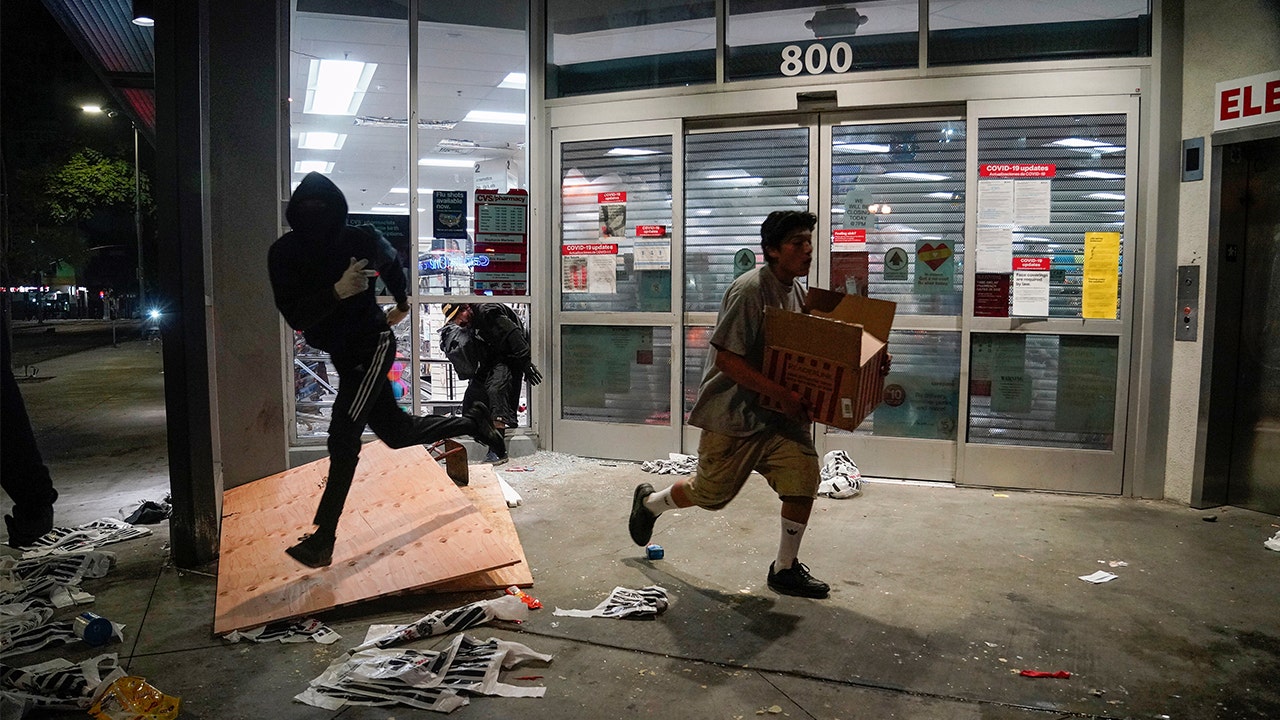Snowboarder's death in Swiss Alps avalanche is a reminder that even pros face risk
npr ^ | December 25, 2024 | Michael Levitt
Posted on 12/26/2024 11:12:26 AM PST by BenLurkin
Professional snowboarder Sophie Hediger was killed in an avalanche while snowboarding in her native Switzerland on Monday. The 26-year-old competed as part of the Swiss national team in the 2022 Olympics in Beijing and was a known figure on the international snowboard racing circuit.
"The tragic death of Sophie Hediger has cast a dark shadow over the Christmas holidays. We are immeasurably sad," Walter Reusser, CEO of Swiss-Ski, Switzerland's ski federation, said in an online statement posted Tuesday.
The incident resulting in Hediger's death occurred when she and a companion had gone snowboarding in the town of Arosa, in the Swiss Alps, local police said in an online statement. The pair had apparently gone down a closed slope when Hediger was swept away in an avalanche, police said.
Hediger's companion managed to notify rescue services, and after an hourslong search effort, Hediger was located buried beneath the snow. Rescuers were unable to resuscitate her and she was declared dead at the scene, police said.
Avalanches killed an average of 27 people in the United States annually during the last 10 winters, according to an analysis by the Colorado Avalanche Information Center.
Greg Gagne, a forecaster at the Utah Avalanche Center, says that knowledge is key to staying safe from hazards on the slopes.
"I think for people to make the assumption that someone is a skilled professional athlete in snow sports — Yes, they are, absolutely. But that doesn't necessarily translate that they have the necessary skills to assess and travel to avalanche terrain."
The U.S. Forest Service identifies three general types of avalanches: "sluffs" or loose snow avalanches, wet avalanches, and slab avalanches. Slab avalanches, which occur when a wide layer of a hardened snow slides down a slope, are responsible for the most deaths, according to the forest service.
Gagne says that in the vast majority of avalanche accidents, the avalanche was triggered by the victim or someone in their party. He says that the best way to generally stay safe is to keep to slopes that have been cleared by the resorts.
"The ski areas, resorts, they do control work typically with explosives and they try to create avalanches before the public has access to the terrain," Gagne says. "Then, when they feel confident that there's no longer risk of avalanches, the public can go into the terrain. But once you go outside of the boundaries of resort, you're in the backcountry."
However, if someone does opt to ski or snowboard in backcountry areas that have not been cleared by resorts, Gagne says it's important to be equipped with proper rescue kits, containing necessary tools to locate, retrieve and administer aid to someone who has been caught in an avalanche.
"It would be like homeowners insurance or car insurance. It's something you have to get, you never hope to use. Same thing with avalanche rescue gear, is that everyone needs it and you hope you never have to use it," he says.
TOPICS: Outdoors
KEYWORDS:
1 posted on 12/26/2024 11:12:26 AM PST by BenLurkin
Disclaimer: Opinions posted on Free Republic are those of the individual posters and do not necessarily represent the opinion of Free Republic or its management. All materials posted herein are protected by copyright law and the exemption for fair use of copyrighted works.
FreeRepublic.com is powered by software copyright 2000-2008 John Robinson

 By Free Republic | Created at 2024-12-26 19:15:43 | Updated at 2024-12-27 09:48:49
14 hours ago
By Free Republic | Created at 2024-12-26 19:15:43 | Updated at 2024-12-27 09:48:49
14 hours ago




![[Nefarious Activities via Manipulating CRS Reports to Congress] Revisiting the Congressional Research Service 2016 nbC Report](http://www.freerepublic.com/images/shotheard.jpg)



